The Qutub Minar is a timeless reminder of the rich history and architectural magnificence of modern Delhi, situated within its hectic rhythm. This imposing work of art, rising above the surroundings, invites guests to explore its centuries-old past and represents the rich cultural diversity of India. Let’s take a fascinating trip back in time to discover the beginnings and development of the amazing Qutub Minar.
“Origins and Construction: Qutb-ud-din Aibak, the first king of the Delhi Sultanate, envisioned a symbol of Islamic conquest in the center of the Indian subcontinent in the late 12th century, which is how the Qutub Minar narrative began.”
When construction started in 1192, it was the Sultanate’s declaration of victory over Delhi. With the intention of creating a soaring representation of strength and control, Aibak lay the groundwork for what would grow to be one of India’s most recognisable monuments.
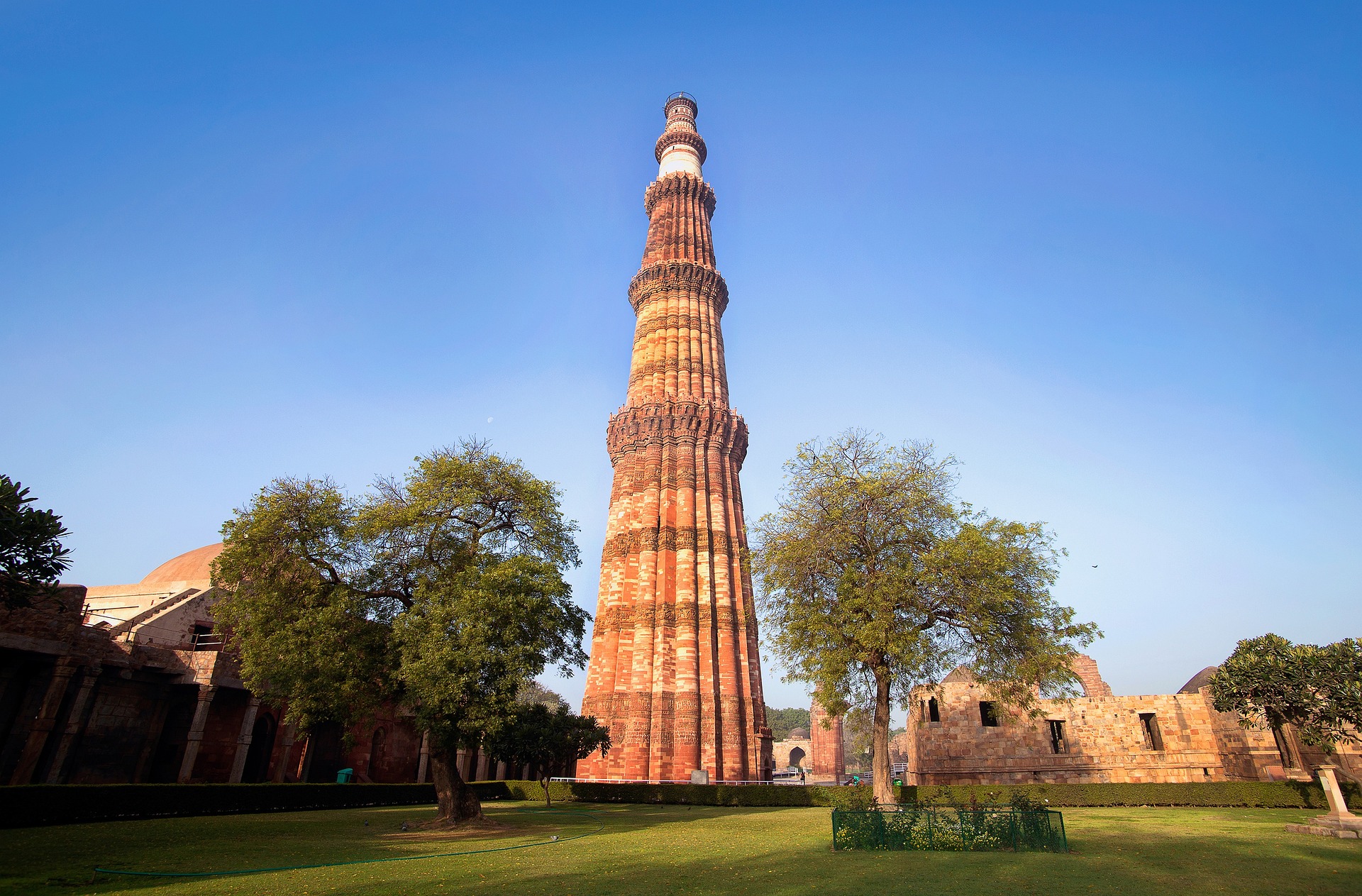
Nonetheless, the Qutub Minar attained its zenith during the rule of Iltutmish, Aibak’s successor. The minaret was completed under Iltutmish’s direction, who added more stories and ornately carved and inscribed the building. The Qutub Minar served as a tribute to the Delhi Sultanate’s architectural prowess in addition to serving as a symbol of military victory.
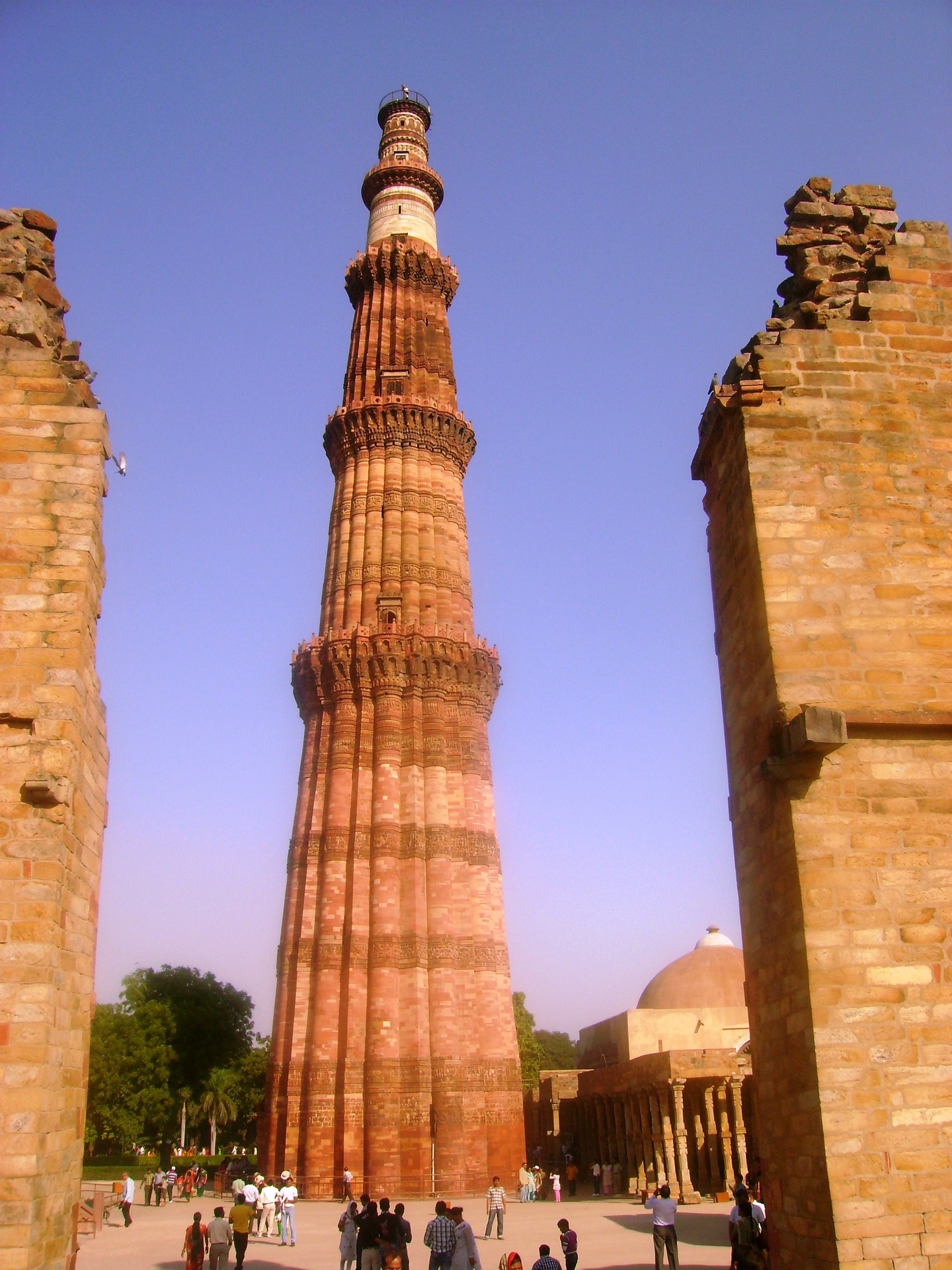
Architectural Splendor:
At 73 meters (240 feet) high, the Qutub Minar is a magnificent example of Indo-Islamic architecture. Built mainly of marble and red sandstone, the minaret has a unique fluted shape with geometric designs and calligraphic details. There is a fantastic view from the top of the five unique stories, each distinguished by a balcony that taper towards the sky.
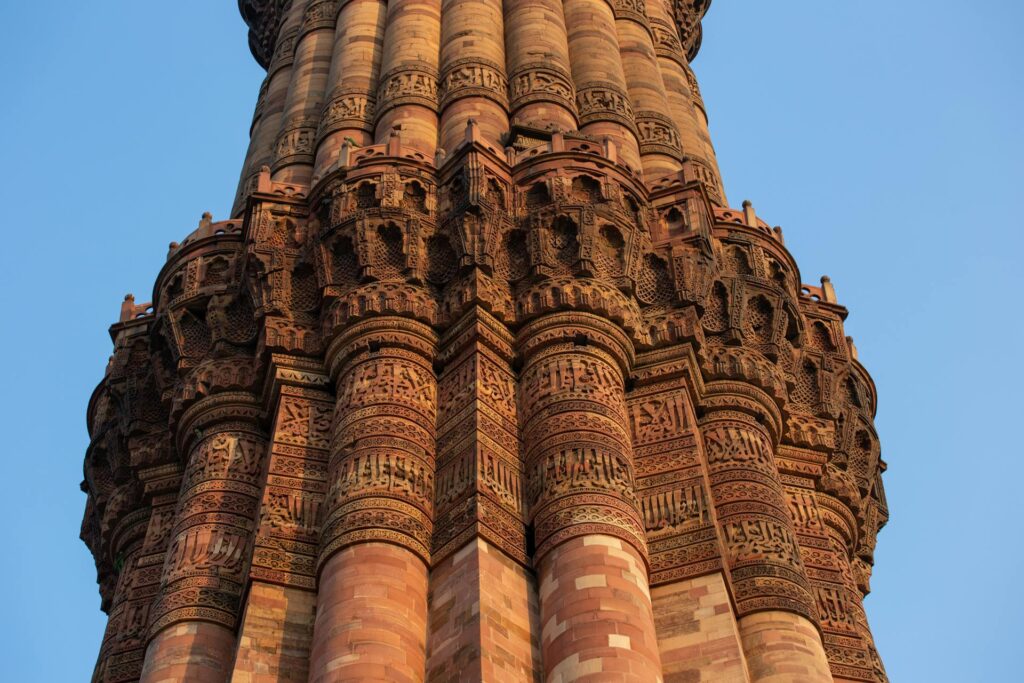
Architectural Splendor: At 73 meters (240 feet) high, the Qutub Minar is a magnificent example of Indo-Islamic architecture. Built mainly of marble and red sandstone, the minaret has a unique fluted shape with geometric designs and calligraphic details. There is a fantastic view from the top of the five unique stories, each distinguished by a balcony that taper towards the sky.
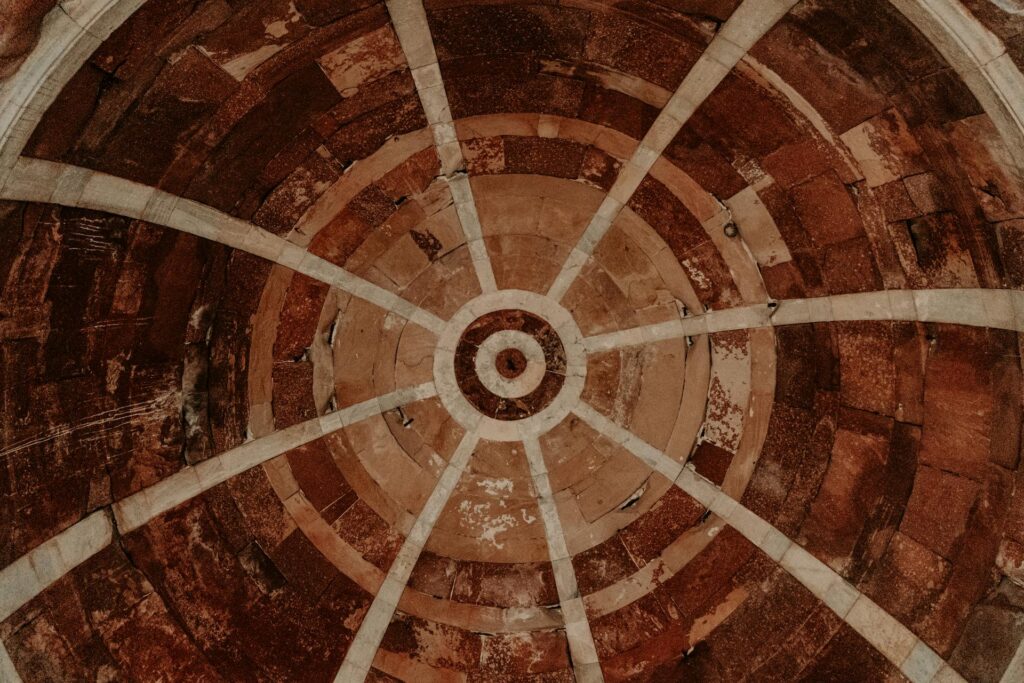
The Qutub Minar’s use of several architectural styles, which represent the various influences that shaped medieval India, is one of its most notable features. The minaret is a harmonious fusion of cultures and civilizations, from the exquisite Islamic calligraphy covering the higher storeys to the beautifully carved Hindu designs on the lower levels.
Preservation and Renovations: The Qutub Minar has undergone a number of repairs and renovations over the ages to ensure its preservation for coming generations. The minaret has withstood human and natural disaster damage, including lightning strikes and earthquakes, and it continues to stand as a silent reminder of time’s passing.
In order to bring the Qutub Minar back to its former splendor, major renovations were made in the fourteenth century, under the rule of Firoz Shah Tughlaq. The Mughals and the British, among other later emperors, recognized its historical value and architectural elegance and made contributions to its upkeep.
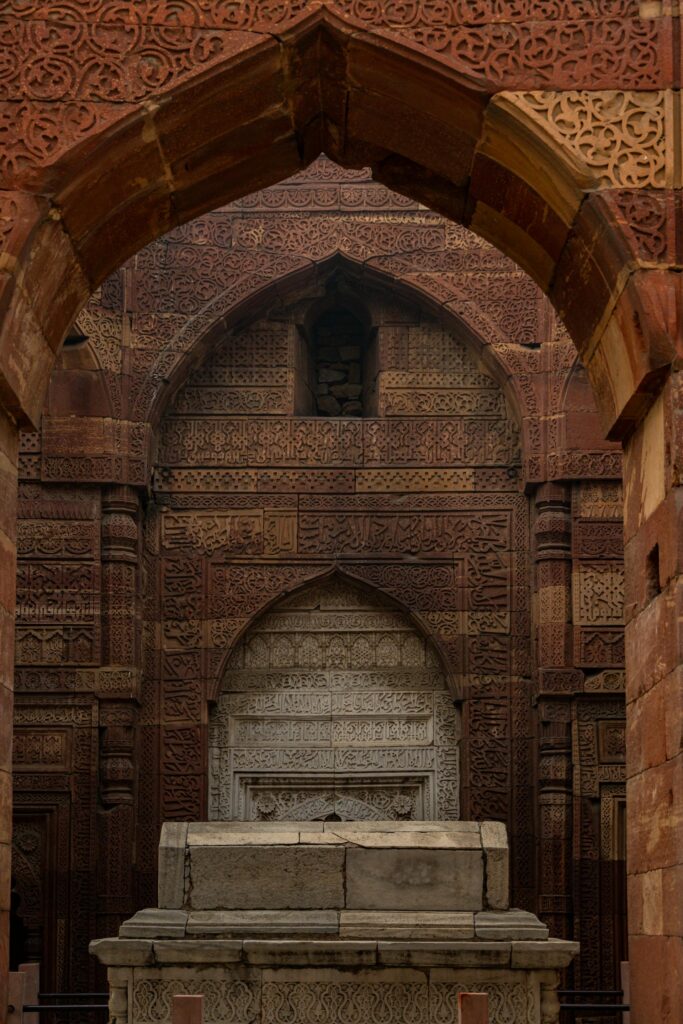
Nearby Attractions:
- Mehrauli Archaeological Park: A sprawling expanse of historical ruins dating back to the medieval period.
- Alai Darwaza: A masterpiece of Indo-Islamic architecture adjacent to the Qutub Minar.
- Iron Pillar of Delhi: A metallurgical wonder dating back to the Gupta Empire, known for its rust-resistant properties.
Accommodation (Hotels):
- The Claridges, New Delhi
- The Leela Palace New Delhi
- Taj Palace, New Delhi
- ITC Maurya, New Delhi
- Andaz Delhi, a concept by Hyatt
How to Get There:
- By Metro: Nearest metro station – Qutub Minar Metro Station (Yellow Line)
- By Bus: Well-connected by Delhi Transport Corporation (DTC) buses and private cabs
- By Car: Easily accessible via road, with ample parking facilities available
Best Time to Visit: The ideal time to explore the Qutub Minar is during the winter months, from October to March, when the weather is pleasant and conducive for outdoor activities.
Best Places to Eat (Restaurants):
- Bukhara at ITC Maurya: Renowned for its succulent kebabs and North Indian delicacies.
- Indian Accent: Offering innovative Indian cuisine in a contemporary setting.
- Yeti – The Himalayan Kitchen: Savor authentic Nepali and Tibetan flavors in a cozy ambiance.
- Amour Bistro: A charming cafe serving delectable European and Continental cuisine.
- Karim’s: Indulge in Mughlai delights and traditional Indian dishes with a rich history.



